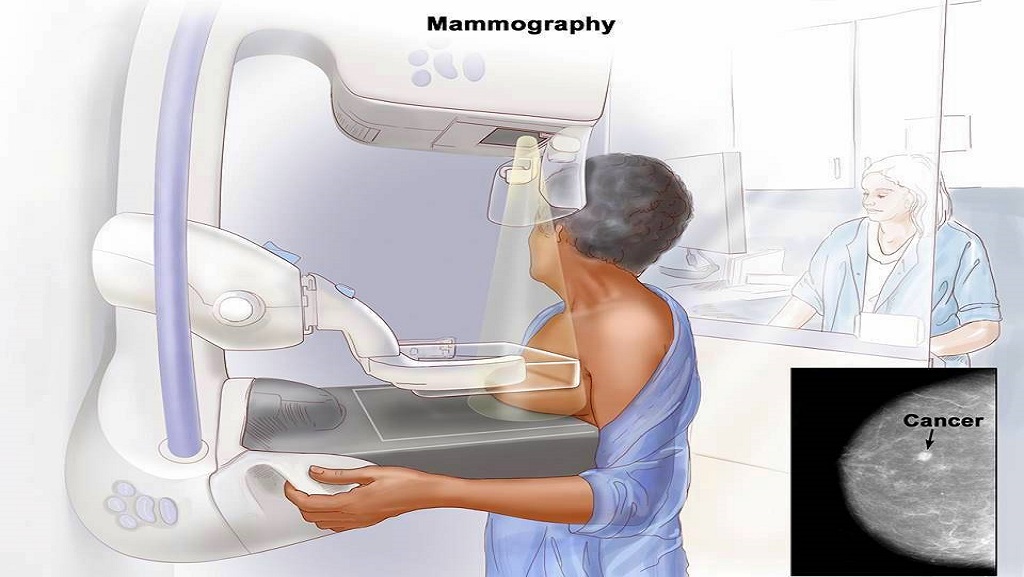ហាយគ្រូពេទ្យ មានសេចក្តីសោមនស្សរីករាយក្នុងការណែនាំលោកស្រីវេជ្ជបណ្ឌិតតាត្យ៉ាណា ទូរ៉ូបូវ៉ា ប្រធាននាយកដ្ឋានជំងឺមហារីកនៅគ្លីនិកសាកលវិទ្យាល័យអន្តរជាតិទៅកាន់បណ្តាញអ្នកឯកទេសផ្នែក វេជ្ជសាស្ត្ររបស់យើង។
នៅក្នុងអត្ថបទនេះ លោកស្រីវេជ្ជបណ្ឌិតតាត្យ៉ាណា បានពិភាក្សាអំពីវិធីបីយ៉ាងនៃការរកឃើញមហារីកសុដន់ របស់ស្ត្រីនៅដំណាក់ កាលដំបូងហើយសង្កត់ធ្ងន់លើសារៈ សំ ខាន់ នៃការពិនិត្យសុដន់ជាទៀងទាត់។
អ្នកក៏អាចកក់ការណាត់ជួបជាមួយវេជ្ជបណ្ឌិត តាត្យ៉ាណា តាមអ៊ីនធឺណិតនៅលើ ហាយគ្រូពេទ្យ (HiKrupet) ឬទាក់ទងមកយើងផ្ទាល់សម្រាប់ព័ត៌មានលម្អិតបន្ថែម។
HiKrupet is pleased to introduce Dr. Turobova Tatiana, Head of Oncology Department at International University Clinic onto our in-network of medical specialists. In this article, Dr. Tatiana discusses the three ways of early detection of women's breast cancer and emphasises the importance of regular breast screeining. You can also book an appointment with Dr. Tatiana online on HiKrupet or contact us for more details.
Early detection of breast cancer
Breast cancer is the most common malignant tumor in women around all the world and in Cambodia (25% of malignant tumors in women around all the world and 18.9% of malignant tumors in Cambodian women; GLOBOCAN 2020). Due to it very important to find early signs of breast cancer in women to start to treat it as soon as possible.
There are 3 ways of early detection of breast cancer (Fig.1):
1) Annual mammography,
2) Physical breast examination,
3) Breast self-examination.

Mammography is a low-dose X-ray examination of each breast (Fig. 2) in 2 projections. Regular annual mammography need to start at age 40 years old. It is better to perform it on the 5th-12th day of menstrual cycle (in menopausal ladies – any day).

Mammography can show early signs of breast cancer up to 2 years before a physician can feel them (example, lumps and /or microcalcifications) (Fig. 3).

Physical breasts’ examination is a careful manual examination of breasts by a certified specialist who had a training in the area of Breast diseases (Fig. 4).

The specialist can find lumps and other changes, whose a woman can miss during breast self-examination. Ladies in age 20-39 years old have to visit the doctor one time per 3 years and after 40 years old – annually. Breast self-examination (BSE), starting at age 20 years old, is one of few methods to detect breast cancer early. It is better to do it when periods is over: on the 5th-12th day of each menstrual cycle (in menopausal ladies in any day – example, the 1st day of each month).
There are 4 steps of BSE (Fig. 5), whose each lady has to know:
1. a woman has to look at her breasts in the mirror with shoulders straight and arms on hips (breasts’ size, shape, color, discharge from nipples - fluid coming out of one or both nipples),
2. a woman must raise arms and look for the same changes,
3. a woman must feel breasts while lying down, using right hand to feel left breast and then left hand to feel right breast, keeping the fingers flat and together. Need to use a circular motion, about the size of a quarter. Beginning – from a nipple,
4. a woman must feel breasts while she is standing or sitting, using the same hand movements described in the 3rd step.

During BSA a lady can find: skin changes of breasts (redness, swelling etc.), a lump or thickening, nipple pain or retraction, spontaneous discharge from nipple and other symptoms. In this case she has to visit breast disease specialist as soon as possible.
Kindly note, that breast cancer usually can be cured if it is detected early. Please, do not forget about your regular breasts’ examinations!


